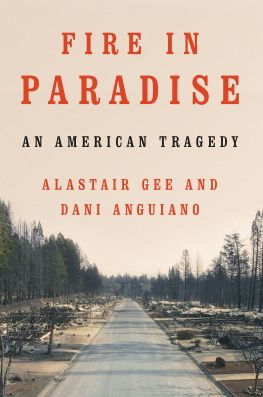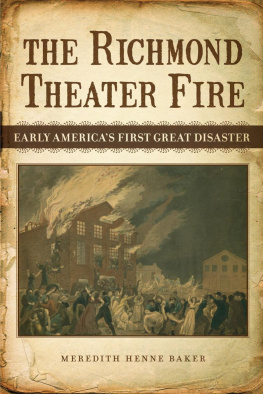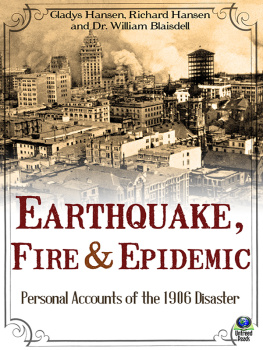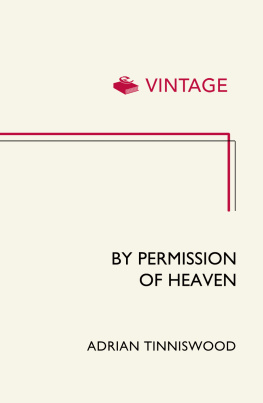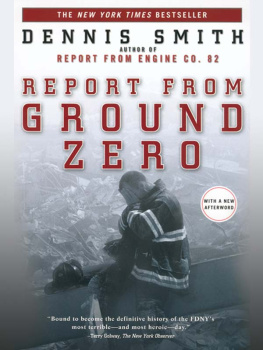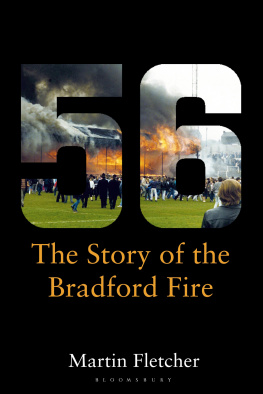J. Stephen Kroll-Smith - The Real Disaster Is Above Ground: A Mine Fire and Social Conflict
Here you can read online J. Stephen Kroll-Smith - The Real Disaster Is Above Ground: A Mine Fire and Social Conflict full text of the book (entire story) in english for free. Download pdf and epub, get meaning, cover and reviews about this ebook. year: 2021, publisher: University Press of Kentucky, genre: Politics. Description of the work, (preface) as well as reviews are available. Best literature library LitArk.com created for fans of good reading and offers a wide selection of genres:
Romance novel
Science fiction
Adventure
Detective
Science
History
Home and family
Prose
Art
Politics
Computer
Non-fiction
Religion
Business
Children
Humor
Choose a favorite category and find really read worthwhile books. Enjoy immersion in the world of imagination, feel the emotions of the characters or learn something new for yourself, make an fascinating discovery.

- Book:The Real Disaster Is Above Ground: A Mine Fire and Social Conflict
- Author:
- Publisher:University Press of Kentucky
- Genre:
- Year:2021
- Rating:4 / 5
- Favourites:Add to favourites
- Your mark:
The Real Disaster Is Above Ground: A Mine Fire and Social Conflict: summary, description and annotation
We offer to read an annotation, description, summary or preface (depends on what the author of the book "The Real Disaster Is Above Ground: A Mine Fire and Social Conflict" wrote himself). If you haven't found the necessary information about the book — write in the comments, we will try to find it.
In the 1950s Centralia was a small town, like many others in the anthracite region of Pennsylvania. But since the 1960s, it has been consumed, outwardly and inwardly by a fire that has inexorably spread in the abandoned mines beneath it. The earth smokes, subsides, and breathes poisonous gases. No less destructive has been the spread of dissension and enmity among the townspeople. The Real Disaster Above Ground tells the story of the fire and the tragic failure of all efforts to counter it.
This study of the Centralia fire represents the most thorough canvass of the documentary materials and the community that has appeared. The authors report on the futile efforts of residents to reach a common understanding of an underground threat that was not readily visible and invited multiple interpretations. They trace the hazard management strategies of government agencies that, ironically, all too often created additional threats to the welfare of Centralians. They report on the birth and demise of community organizations, each with its own solution to the problem and its diehard partisans. The final solution, now being put into effect, is to abandon the town and relocate its people.
Centralias environmental disaster, the authors argue, is not a local or isolated phenomenon. It warns of the danger lurking in our own technology when safeguards fail and disaster management policy is not in place to respond to failure, as the examples of Chernobyl and Bhopal have clearly demonstrated.
The lessons in this study of the fate of a small town in Pennsylvania are indeed sobering. They should be pondered by a variety of social scientists and planners, by all those dealing with the behavior of people under stress and those responsible for the welfare of the public.
J. Stephen Kroll-Smith: author's other books
Who wrote The Real Disaster Is Above Ground: A Mine Fire and Social Conflict? Find out the surname, the name of the author of the book and a list of all author's works by series.

